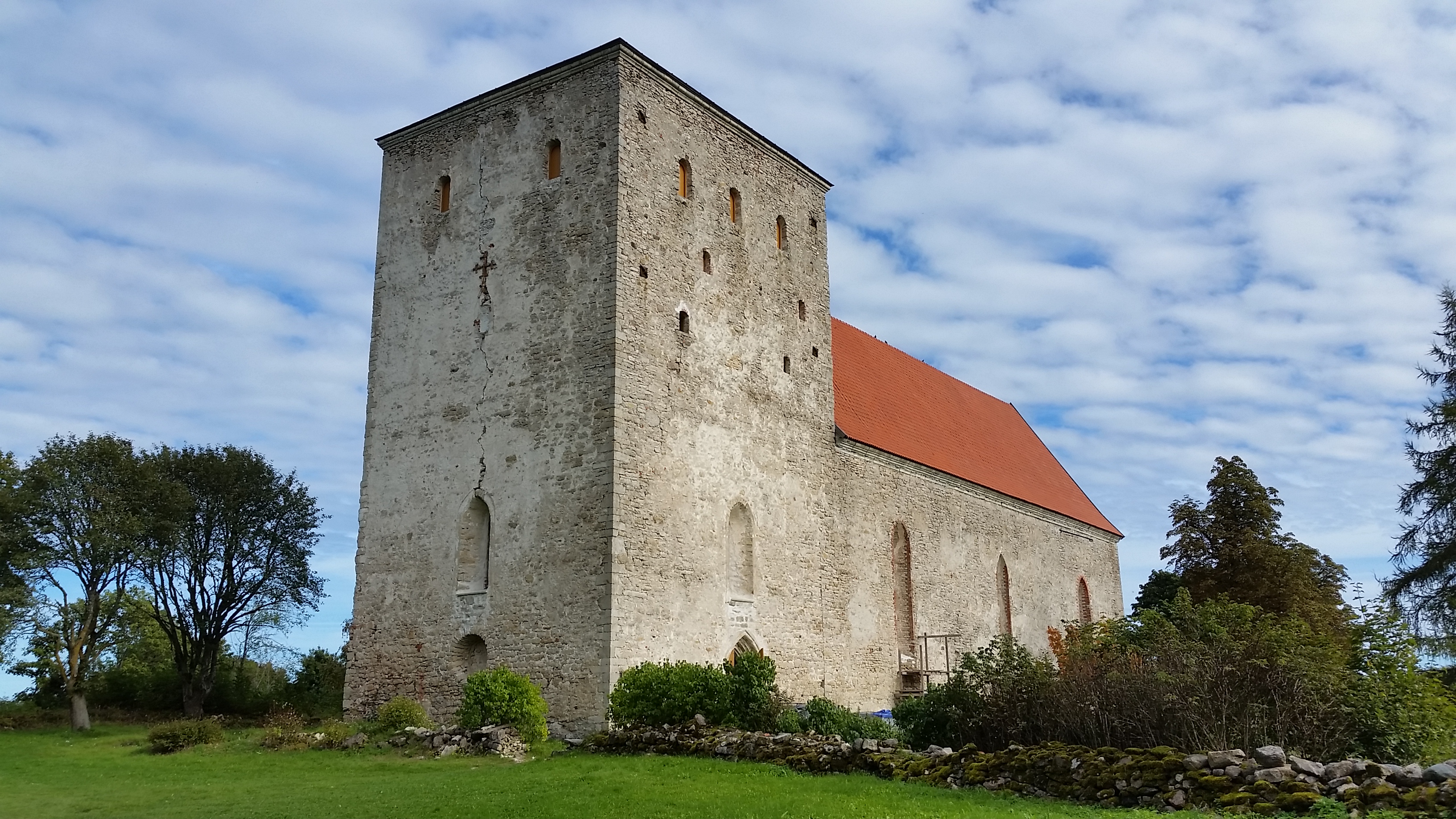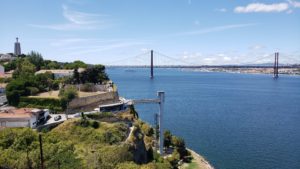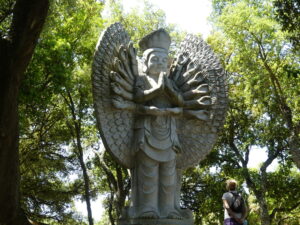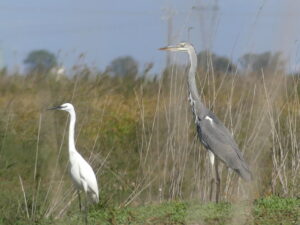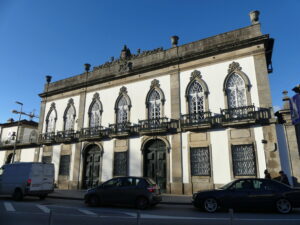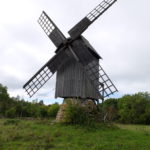
Saaremaa is a roughly 70 by 40 kilometer rectangular chunk of island just off the western shore of Estonia, capping the whole Gulf of Riga. Since the 19th century, people have traveled here for the health-giving waters, waters reputed to contain a prized blend of minerals and form a rich rejuvenating mud – defenses against bodily wear and tear.
Today, many still come here to the spa resorts at the main town of Kuressaare. What they don’t usually notice while restoring their bodies is how rich the island is historically. Because of its strategic location sealing off the Gulf of Riga, military men have come here for centuries to ensure a first line of defense to protect their mainland realms along the Baltic.
When we weren’t luxuriating in the spa and getting massaged, we could still visit the defenses they left behind:
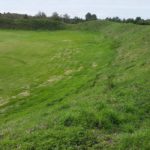
- Earthen strongholds from the time of the Vikings that had been reinforced into the middle ages. Though mostly diminished in size now after so many years, these walls of stone and dirt helped defend an inner sanctum like any other fort;
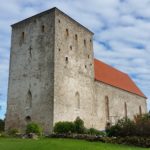
- Fortified churches of stone from the Middle Ages used as refuges and lookout towers, as well as for spiritual matters. Though mostly plain within, after the less florid Lutherans took them over from the Catholics, they still exhibit a simple majesty due to their scale. Their communities are much smaller too, so many seem to draw more tourists than parishioners.
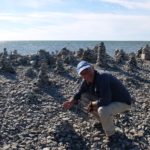
By contrast, now the more metaphysical visitors build stone cairns along the rocky shores to invite spiritual energy, as we did near the sandstone bluffs of the island’s long Sorve peninsula;
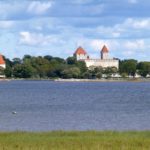
- The grand moated and walled castle of Kuressaare, first established by the Bishopric of Riga in the late middle ages, contended for by the Livonian Order, and then enhanced by Danish, Swedish and Russian rulers into the 18th century. Remarkably it was restored in the early 20th century, then later fitted out at some point with a fine local museum complete with magnificent altarpieces and statuary drawn from the fortified churches on the island.
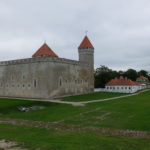
Kuressaare Castle seen from its outer walls From afar, or from the various restaurants across the moat, it looks so picturesque. The looming hulk – especially on a dark day – demonstrates its darker purposes, as does the secretive panic room built within for the bishop to hide in.

- Observation outposts, armored battlements and anti-tank diggings that the Soviets used in the 20th century to defend itself. The island saw quite a lot of fighting between the Germans and Russians during WW2. Until the early 1990s, the Sorve peninsula continued to be off-limits for military use with all sorts of defensive equipment. Only a few remnants of this are left most evident near the towering black and white lighthouse at the tip of the peninsula.
-
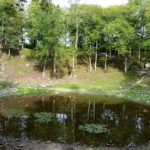
Meteorite crater about 4000 years old, Saaremaa There’s even a set of craters left over from an attack some 4000 years ago by a meteorite that would have eluded all these defenses – had they been in place at the time.
Such antiquities are a lot harder to find than the mud and the waters and the massages. We luxuriated in those, but thoroughly enjoyed the tougher hunt for protective treasures left by past visitors as well.
(Also, for more pictures from Estonia and the Baltics, CLICK HERE to view the slideshow at the end of the Baltics itinerary page.)


